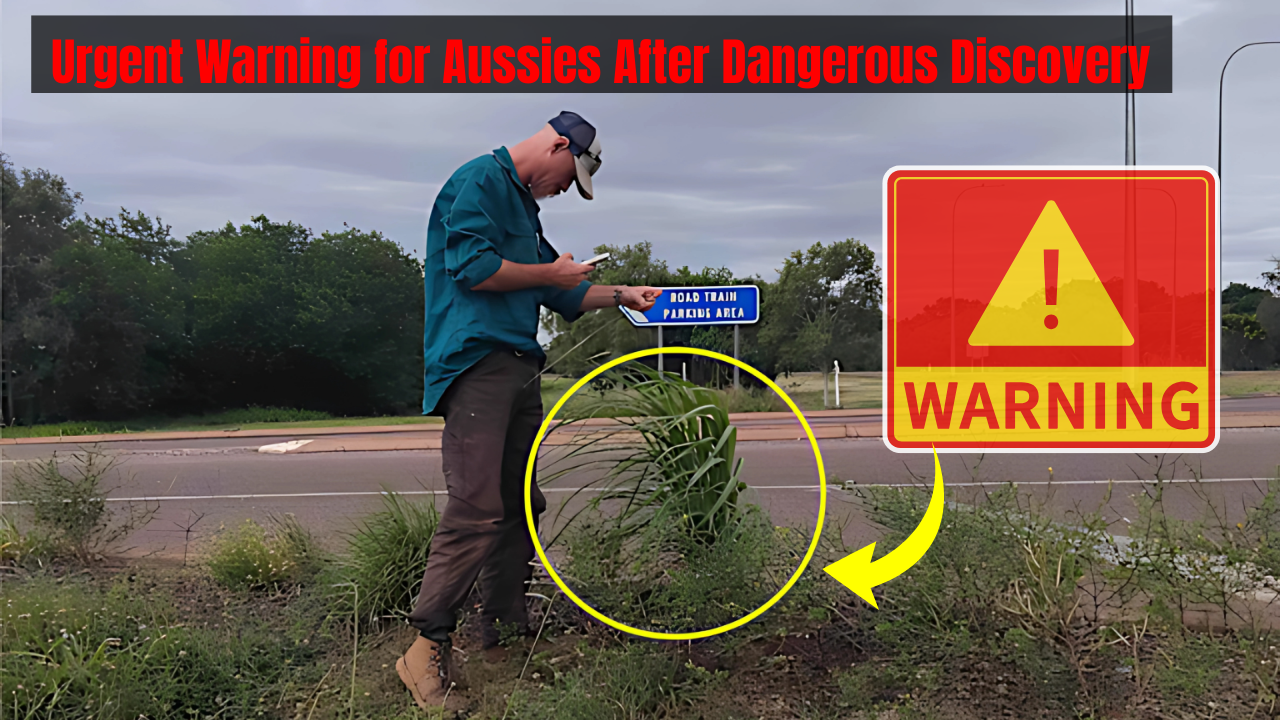Residents and travellers in Western Australia have been put on alert following the discovery of gamba grass, a highly invasive weed, along various roadways. The weed is not only a threat to local ecosystems but also significantly increases the risk of dangerous bushfires1.
What Is Gamba Grass?
Description and Origin
Gamba grass (Andropogon gayanus) is a tropical perennial grass originally from Africa. It was introduced to Australia in the 1940s as a forage crop for cattle. Over the decades, gamba grass has spread aggressively, particularly in northern Australia, and is now recognized as a weed of national significance1.
Physical Characteristics
-
Leaves: Long, strap-like, up to 60 cm in length, with a prominent white midrib and fine hairs.
-
Flowers: Fluffy flower heads on tall stems, appearing from April to June.
-
Seasonal Behavior: Remains green well into the dry season, unlike native grasses that turn brown1.
Why Is Gamba Grass Dangerous?
Ecological Impact
Gamba grass outcompetes native grass species, reducing biodiversity and altering habitats. Its dense growth forms thickets that are difficult for native wildlife to navigate, and it can dominate landscapes, pushing out indigenous plants1.
Fire Hazard
One of the most alarming aspects of gamba grass is its role in increasing fire risk. Fires fueled by gamba grass burn five to 20 times more intensely than those fueled by native grasses. This not only threatens human life and property but also causes long-term damage to ecosystems1.
Spread and Infestation
Models predict that gamba grass could potentially invade up to 380,000 square kilometers—an area larger than Japan. Currently, it has infested about 4% of this potential area, but experts warn that the situation could worsen without intervention1.
Where Has Gamba Grass Been Found?
Recent Sightings
Surveillance by the Western Australia Department of Primary Industries and Regional Development (DPIRD) in the Kimberley region has uncovered several young gamba grass specimens along various roadways. These findings have prompted urgent calls for vigilance among residents, workers, and travellers1.
Reporting and Removal
Authorities are encouraging the public to report any sightings of gamba grass. The weed can be reported using the DPIRD’s Pest Reporter app or by contacting the Pest and Disease Information Service at (08) 9380 3080. Recent detections have been removed, but ongoing public assistance is critical to preventing further spread1.
The Importance of Public Awareness
Community Involvement
Lindsay Strange, the regional biosecurity coordinator at DPIRD, emphasized the importance of community involvement in identifying and reporting gamba grass. “It becomes a weed across Australia due to its ability to grow in dense patches over a metre high, posing a threat to flora, fauna, and human life,” he said1.
Expert Concerns
Dr. Carol Booth of the Invasive Species Council has raised serious concerns about the future impact of gamba grass. “It’s genuinely distressing,” she remarked, highlighting the potential for the weed to cause widespread ecological and fire-related damage if left unchecked1.
How to Identify Gamba Grass
Visual Identification Tips
-
Leaves: Look for long, wide leaves with a white midrib and fine hairs.
-
Flowers: Watch for tall stems with fluffy flower heads in late autumn to early winter.
-
Color: Remains green long after native grasses have turned brown1.
Reporting Steps
-
Take a photo of the suspected plant.
-
Note the location (GPS coordinates if possible).
-
Report via the Pest Reporter app or call (08) 9380 30801.
Frequently Asked Questions (FAQs)
Q1: What is gamba grass?
Gamba grass is an invasive weed from Africa, introduced to Australia for cattle feed, now threatening native ecosystems and increasing bushfire risk1.
Q2: Why is gamba grass dangerous?
It outcompetes native plants, reduces biodiversity, and fuels much more intense bushfires than native grasses1.
Q3: How can I report gamba grass sightings?
Use the DPIRD’s Pest Reporter app or call (08) 9380 3080 to report any sightings1.
The detection of gamba grass in Western Australia is a serious concern for both ecological health and public safety. Community vigilance and prompt reporting are essential to prevent the further spread of this invasive species and mitigate its devastating effects on the environment and fire risk

